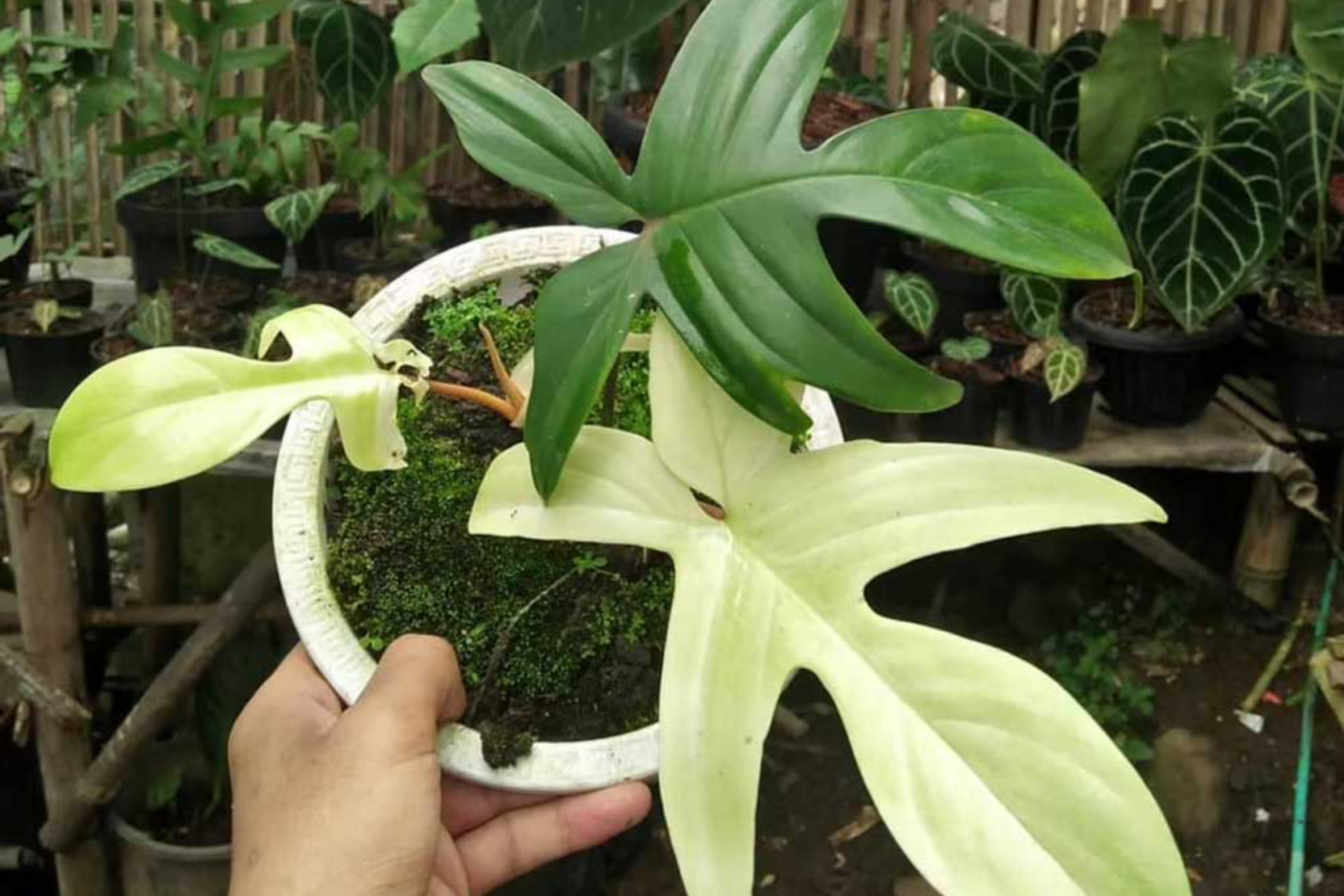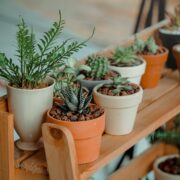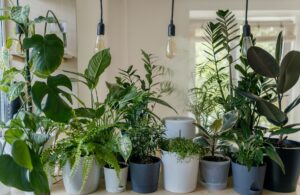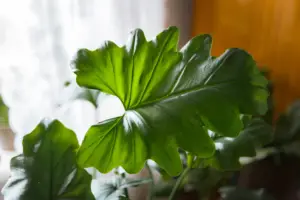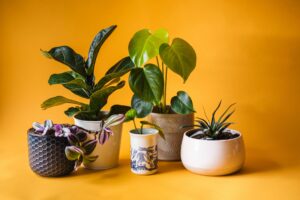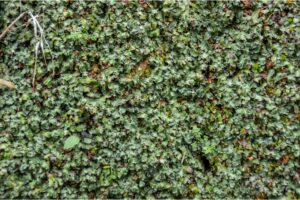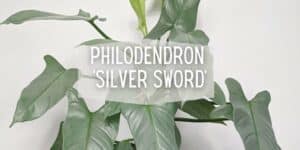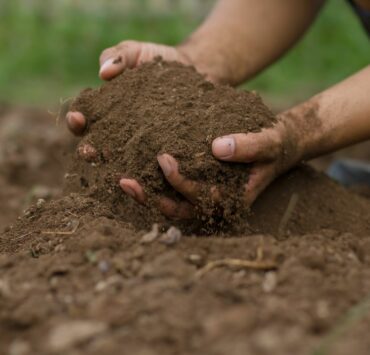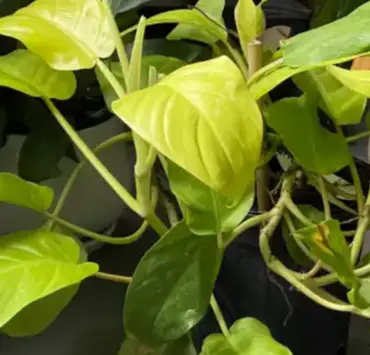Philodendron Florida Ghost, a stunning and highly sought-after hybrid plant, has captivated plant enthusiasts with its captivating foliage and easy-going nature. This tropical gem showcases stunning, light green to white leaves that transform into darker shades of green as they mature. A combination of its ghostly appearance and versatility makes it a must-have addition to any indoor plant collection. In this article, we will provide a comprehensive guide on how to grow and care for your Philodendron Florida Ghost, ensuring it thrives in your home or garden.
Background and Origin
The Philodendron Florida Ghost is a hybrid plant that is believed to originate from the tropical rainforests of South America. It is a cross between Philodendron pedatum and Philodendron squamiferum, which are both part of the diverse Araceae family. This rare variety has gained popularity among plant collectors due to its unique appearance, making it a prized addition to any indoor garden.
Appearance and Foliage
The most striking feature of the Philodendron Florida Ghost is its foliage. The plant’s leaves start as a pale, almost white color, giving it its “ghostly” moniker. As the leaves mature, they transition through shades of light green before finally settling into a deep, rich green. This contrast between the new and mature leaves creates an eye-catching display that adds interest to any space.
The leaves themselves are large and elongated, with a prominent midrib and lobed edges. The plant can grow up to 3-4 feet tall and 2-3 feet wide, making it an ideal choice for both small and spacious areas.
Growing Conditions and Requirements
The Philodendron Florida Ghost is relatively easy to care for, as it can adapt to a variety of indoor environments. To ensure that your plant thrives, consider the following growing conditions:
Light
Provide bright, indirect light for optimal growth. Direct sunlight can scorch the leaves, while too little light may cause the plant to become leggy.
Temperature
Maintain a temperature between 65-85°F (18-29°C). Avoid sudden temperature fluctuations and keep your plant away from drafty areas.
Humidity
These plants prefer high humidity levels of around 60-80%. Use a humidifier, mist the leaves regularly, or place the pot on a tray of wet pebbles to maintain adequate moisture.
Watering and Feeding
Water your Philodendron Florida Ghost when the top inch of the soil feels dry to the touch. Overwatering can lead to root rot, so it’s crucial to allow the soil to dry out slightly between waterings. Reduce watering during the winter months when the plant’s growth slows down.
Feed your plant with a balanced, water-soluble fertilizer diluted to half strength every 4-6 weeks during the growing season. Do not fertilize during the winter months.
Pruning and Propagation
Prune your Philodendron Florida Ghost to maintain its shape and size. Remove any yellow or brown leaves, and trim back leggy growth to encourage bushier growth.
Propagate your plant through stem cuttings. Take a 4-6 inch cutting with at least two leaves and a node, and place it in water or moist potting mix. Once roots have developed, transplant it to a pot with well-draining soil.
Potential Pests and Diseases
Philodendron Florida Ghost is generally resistant to pests and diseases. However, spider mites, mealybugs, and aphids can occasionally infest the plant. Treat any infest coations with insecticidal soap or neem oil, and remove severely affected leaves to prevent the spread of pests. Maintaining proper humidity levels and regular cleaning of the leaves can help keep pests at bay.
As for diseases, root rot is the most common issue due to overwatering. Ensure that the plant is in well-draining soil and that you allow the top inch of soil to dry between waterings. If you notice black or mushy roots, remove the affected parts and repot the plant in fresh soil.
Common Issues and Solutions
1. Yellow leaves
This may be a sign of overwatering, underwatering, or inadequate light. Check your watering schedule, and adjust the light conditions if necessary.
2. Droopy leaves
This is often caused by underwatering or low humidity. Increase watering frequency and humidity levels around the plant to help it recover.
3. Brown leaf tips
Low humidity or excessive fertilizer may cause this issue. Raise the humidity level and reduce the frequency of fertilization.
Display and Styling Tips
The Philodendron Florida Ghost is an ideal candidate for creating a visually appealing indoor garden. Its unique appearance allows it to stand out as a centerpiece or complement other foliage plants in your collection. Here are some display and styling tips:
1. Group it with other tropical plants, such as Monstera deliciosa or Anthurium, to create a lush, jungle-like atmosphere.
2. Place it in a hanging planter or on a high shelf to allow its trailing vines to cascade downward.
3. Pair it with a stylish planter to accentuate its ghostly appearance, such as a white or black pot that contrasts with the plant’s vibrant green leaves.
Choosing the Right Pot and Soil
Selecting the appropriate pot and soil for your Philodendron Florida Ghost is crucial for promoting healthy growth. Here are some tips to help you choose the right combination:
Pot size
Choose a pot that is 1-2 inches larger in diameter than the plant’s root ball. This will provide adequate space for growth while preventing waterlogging. Ensure that the pot has drainage holes to avoid root rot.
Soil
Use a well-draining potting mix that retains moisture without becoming soggy. A combination of peat moss, perlite, and orchid bark in a ratio of 2:1:1 works well for these plants.
Repotting Your Philodendron Florida Ghost
Repotting is necessary when your plant outgrows its current pot or when the soil becomes compacted, hindering root growth. Here are some steps to repot your Philodendron Florida Ghost successfully:
1. Choose a pot that is 1-2 inches larger in diameter than the current pot.
2. Gently remove the plant from its current pot, taking care not to damage the roots.
3. Inspect the root system for any signs of rot or disease, and trim away any unhealthy roots.
4. Fill the new pot with fresh, well-draining potting mix, and place the plant in the center.
5. Add more soil around the roots, pressing down gently to remove any air pockets.
6. Water the plant thoroughly, and place it in a bright, indirect light location.
It is recommended to repot your Philodendron Florida Ghost every 2-3 years or when the roots start to circle around the pot’s edges.
Creating a Support Structure
As a climbing plant, the Philodendron Florida Ghost benefits from having a support structure to encourage upward growth. Here are a few support options to consider:
1. Moss pole: Attach your plant to a moss pole using soft ties or clips, allowing the aerial roots to grip the moist surface.
2. Trellis: Position a trellis behind the plant, guiding its growth along the structure.
3. Wooden stakes: Insert a wooden stake into the soil and gently tie the main stem to the stake, allowing the plant to grow upwards.
Remember to mist your support structure regularly, especially if it is made of moss, to maintain the humidity levels preferred by your Philodendron Florida Ghost.
Companion Plants for Philodendron Florida Ghost
Enhance your indoor garden by pairing your Philodendron Florida Ghost with other attractive plants that share similar care requirements. Some excellent companion plants include:
1. Pothos (Epipremnum aureum): A versatile trailing plant with vibrant green leaves and easy-care requirements.
2. Calathea: Known for their strikingly patterned leaves, Calatheas add texture and visual interest to any plant collection.
3. Alocasia: With their bold, arrow-shaped leaves, Alocasia plants make a dramatic statement alongside your Philodendron Florida Ghost.
4. Aglaonema: Also known as Chinese evergreens, Aglaonema plants feature colorful foliage and adapt well to various indoor conditions.
By combining your Philodendron Florida Ghost with other eye-catching plants, you can create a visually dynamic and engaging indoor garden.
The Philodendron Florida Ghost is a captivating and unique addition to any indoor plant collection. By following the care tips and guidelines outlined in this comprehensive guide, you can ensure that your plant thrives and showcases its stunning, ghostly foliage for years to come. Embrace the beauty of this tropical gem, and transform your living space into a lush, vibrant sanctuary.
